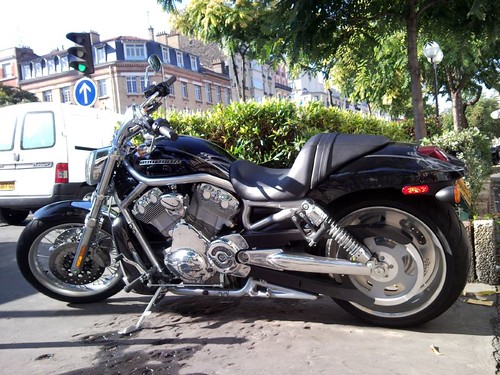Have you ever wondered why most cars on the road are black, white, silver, or gray? Why do so few people choose bright and cheerful colors like yellow, green, or orange for their vehicles? What are the reasons behind this color preference? And is there any benefit to buying a car in a fun color?
In this article, we will explore these questions and more, based on the opinions of car enthusiasts, experts, and consumers. We will also look at some of the trends and challenges in the car color industry, and how they affect our choices.
The first thing to note is that car color is not a trivial matter. It can have a significant impact on your safety, resale value, maintenance cost, and personal image. According to a study by Monash University in Australia, car color can affect the risk of being involved in a crash. The study found that white cars were the safest, followed by yellow and orange. Black cars were the most dangerous, followed by blue and red.
Another factor to consider is the resale value of your car. A car’s color can affect its depreciation rate by up to 10%. Generally speaking, neutral colors like black, white, silver, and gray tend to hold their value better than flashy colors like yellow, green, or purple. This is because neutral colors appeal to a wider range of buyers and are easier to match with different interiors and accessories.
The maintenance cost of your car can also vary depending on its color. Some colors are more prone to fading, chipping, or scratching than others. For example, red cars tend to fade faster than other colors due to the pigment used in the paint. Black cars tend to show dirt and dust more easily than lighter colors. White cars can be harder to keep clean in snowy or muddy areas. And metallic or pearl finishes can be more expensive to repair than solid colors.
The last factor to consider is your personal image. Your car color can reflect your personality, mood, and style. It can also influence how others perceive you. For example, according to a survey , red cars are associated with being sporty, adventurous, and confident. Yellow cars are associated with being happy, optimistic, and fun-loving. Green cars are associated with being eco-friendly, calm, and peaceful. And black cars are associated with being elegant, sophisticated, and powerful.

So why do so few people choose fun colors for their cars? There are several possible reasons.
- People are afraid of standing out too much or attracting unwanted attention.
- People are influenced by social norms and expectations. For example, some people may think that certain colors are more suitable for certain genders or age groups.
- People are simply unaware of the options available or do not care enough about their car color.
However, there are also some benefits to buying a car in a fun color.
- Express your individuality and creativity.
- Brighten up your mood and environment.
- Make your car more memorable and recognizable.
- Have more fun driving your car.
So what do you think? Do you like buying cars in fun colors? Or do you prefer sticking to the classics? Let us know in the comments below.
Related posts:
Why You Don’t See As Many Bright Color Cars on the Road – AARP
4 Things to Know About Color Before You Buy a Car – AARP
4 Things to Know About Color Before You Buy a Car – AARP





